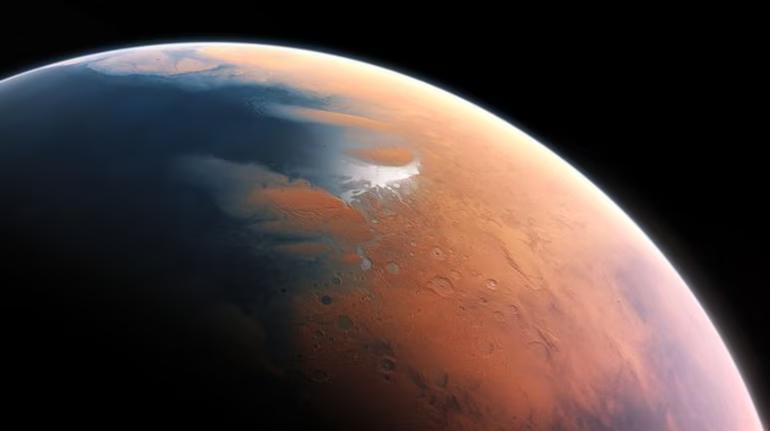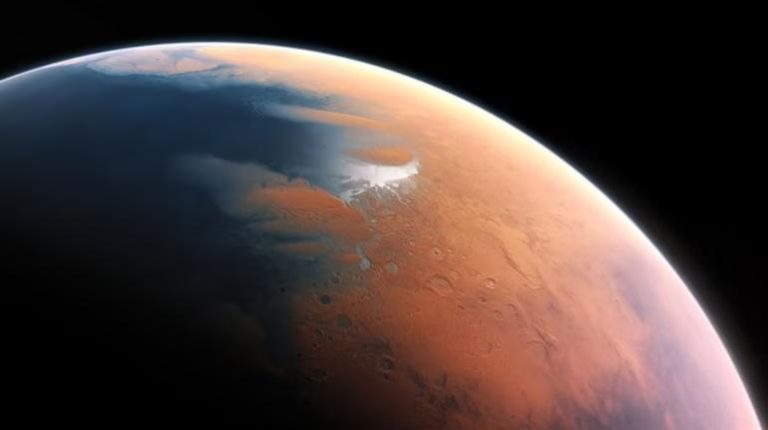
Mars may have once had rain & snowfall, finds new study
For decades, scientists have been fascinated by the possibility of life existing on Mars, the Red Planet. With its barren and rocky landscape, it’s hard to imagine that Mars could have once been a very different place. But, new research suggests that Mars may have once experienced rainfall and snowfall, feeding valleys and channels. This study, conducted by the University of Colorado Boulder, has shed new light on the history of Mars and its potential for supporting life.
The study, published in the journal Geophysical Research Letters, analyzed data from NASA’s Mars Reconnaissance Orbiter, which has been mapping the Martian surface since 2006. By studying the shape and size of Martian valleys and channels, researchers were able to determine that they were likely formed by water flow. This is a significant finding, as it suggests that Mars may have once had a liquid water cycle, similar to that of Earth.
Researchers used a combination of computer simulations and geological analysis to determine the age and extent of the Martian valleys and channels. They found that the valleys and channels were likely formed between 3.5 and 4.1 billion years ago, during a period known as the Hesperian era. This era is significant, as it is believed to be the time when Mars underwent a major transformation, transitioning from a warm and wet planet to the cold and dry one we see today.
The study’s lead author, Dr. Brian Hynek, a geologist at the University of Colorado Boulder, explained the significance of the findings. “Our study suggests that Mars may have had a watery past, with rainfall and snowfall feeding the valleys and channels. This is a major discovery, as it suggests that Mars may have had the potential for supporting life.”
The discovery of water on Mars is not new, but the significance of this study lies in the fact that it provides evidence of a liquid water cycle, rather than just the presence of water in the form of ice. Liquid water is essential for life as we know it, and the presence of a liquid water cycle on Mars would have provided a suitable environment for life to flourish.
But, where did the water come from? Researchers are still unsure, but they have several theories. One possibility is that the water was released from the Martian interior, through volcanic activity or the melting of ice caps. Another possibility is that the water came from comets or meteorites that collided with Mars.
The study’s findings have significant implications for the search for life on Mars. NASA’s Curiosity rover, which has been exploring Mars since 2012, has found evidence of ancient lakes and rivers on the planet’s surface. The discovery of a liquid water cycle in the past suggests that these lakes and rivers may have been much larger than previously thought, and that they may have provided a suitable environment for life to exist.
The search for life on Mars is an ongoing effort, with NASA and other space agencies around the world conducting extensive research on the planet. The discovery of a liquid water cycle on Mars is a major breakthrough, and it provides new hope for finding evidence of life on the Red Planet.
In conclusion, the study by the University of Colorado Boulder has provided significant new evidence that Mars may have once had rainfall and snowfall, feeding valleys and channels. This discovery has major implications for the search for life on Mars, and it provides new hope for finding evidence of life on the Red Planet.






